“To recognize one’s own insanity, is, of course, the rising of sanity…”
Eckhart Tolle
By the time I was old enough to deliberately choose to interact with my maternal grandmother, she already suffered from dementia. And if you had asked me why I adored spending my time with her above all my other “more interesting” conversant relatives, I could not have told you.
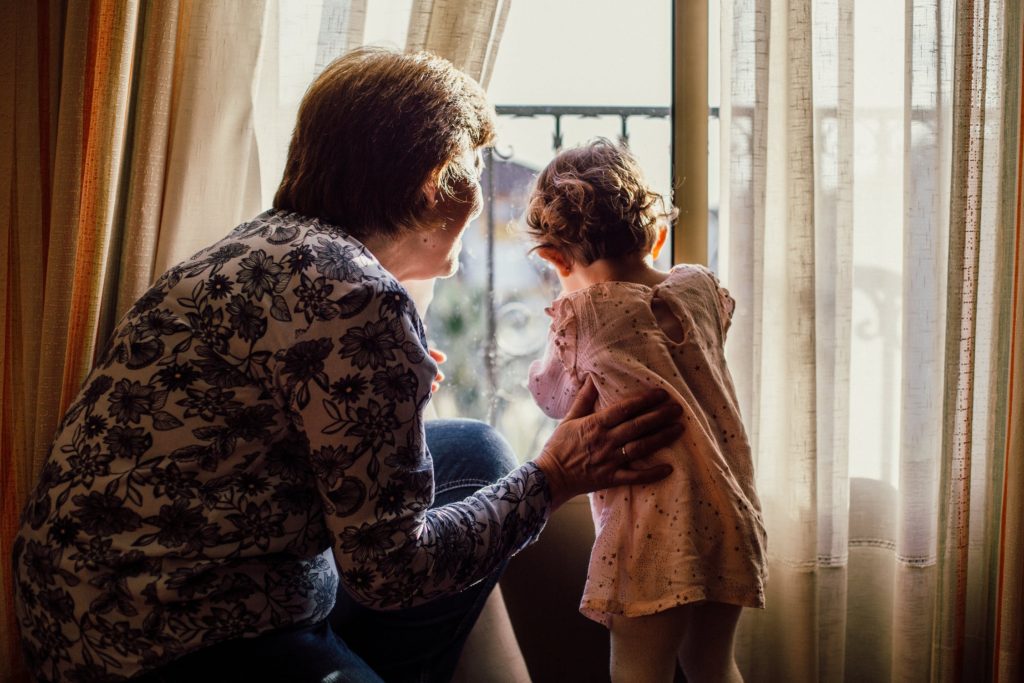
When I was older, at some family gathering, I heard someone tell a story about my grandmother. Apparently, during the depression, she was taking apart her own clothing and sewing it into garments for children. She was also secretly giving her food away to the street children; and her secret generosity might not have been discovered except she passed out one day. Upon discovery, the family made her eat her food.
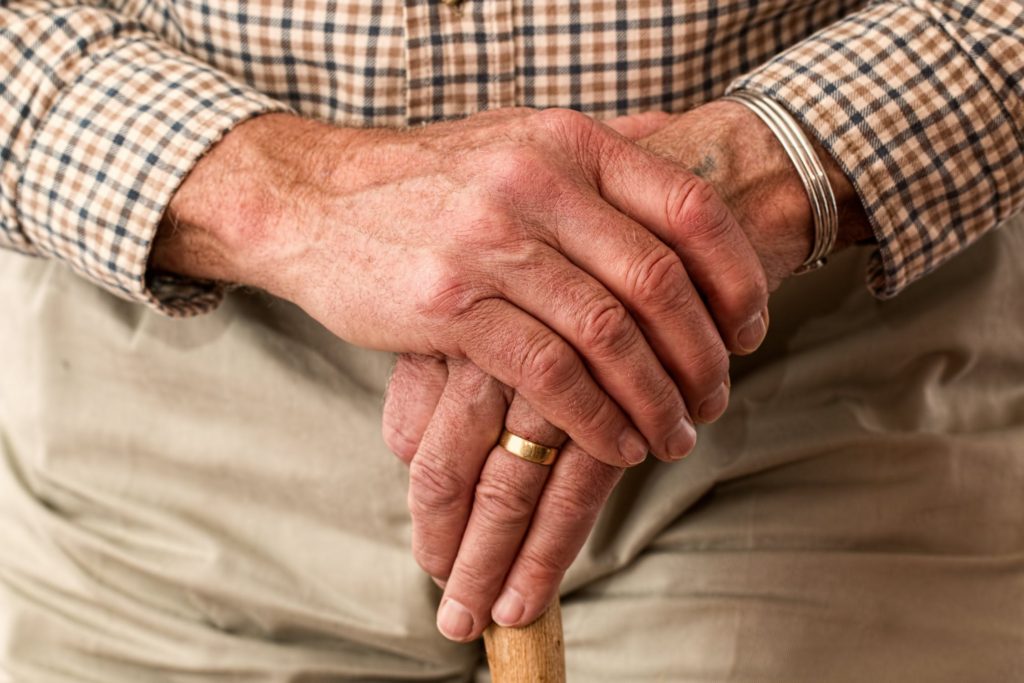
Last year, I was visiting with family of dear friends. The male elder—father of my friend—was in advanced stages of Alzheimer’s disease, seemingly oblivious to the content of the conversation, not remembering how anyone was related to him. His wife, my friend (his daughter), and I were making pleasant conversation, while he just sat there picking at scabs. Then my friend took a phone call from her husband that his mother, the matriarch of his family, had just died.
His mother was my original connection to all these people, the mother of a best friend I’d had 50 years before. We had bonded over the prolonged illness and death of her daughter. I admired and loved this woman—a woman who became a 2nd mother to me.
My friend, still with the phone in her hand, was crying. I was crying. My friend’s mother teared up. And though he had no cognitive awareness of the people involved or what any of the details were, the field of love and empathy that emanated from this man’s heart was palpable not only to me, but when I asked my friend, it was just as clear to her.
It was not until I grew old enough that I understood it was this quality of presence that was so appealing about my grandmother; and that this kind of presence has nothing to do with what a person knows or does. It is like the cherubic state of the newborn. In the case of my friend’s father, his presence was not actually gone, it was just transferred or transmuted into something different.
I witnessed another, stranger experience of divergent consciousness—not a delightful presence—during my college years, which was when I was in my 30s. One of the students had a schizophrenic break. (All were more mature than most college students in this small, alternative program than in a typical college setting). Because I worked part-time as secretary for the director of the school on a work scholarship, I participated in a very uncomfortable phone call to her family and learned that this was not her first schizophrenic episode and they wanted no part of her. They coldly said to put her in the local mental institution. Unfortunately, that institution had a reputation as something of a “snake pit.”
I suggested to my boss, who was also my professor, that a small group that included me, two other students, and the two instructors in the curative studies field, could form a round-the-clock care group. Incredibly, he agreed given certain conditions. A psychiatrist was called in for medication and supervision of the troubled student; and the students in the care group had to accept free psychological counseling sessions twice a week.
It was during these sessions that I learned the great value of bringing up the sewage of the subconscious mind. A lot of treasures lived in that sludge. I also learned that while living in her schizophrenic world the woman was keenly, seemingly supernaturally, aware of every way to push very specific and very different buttons of everyone in her environment. It was as if she could see their weaknesses as clearly as you and I can see physical forms.
Many years later one of my former elementary school students who was a wonderful artist and the most dyslexic person I had ever met, suffered a schizophrenic break as a young adult. His untimely death was tragic and some community members chose to commemorate him with an exhibit of his art and pottery. In exhibit were some of the childhood paintings he had done in my classroom. Also on display were black and white sketches he had recently done, while in prison, of notable figures in the news. They looked like ink portraits that could easily have illustrated Oscar Wilde’s The Picture of Dorian Gray.
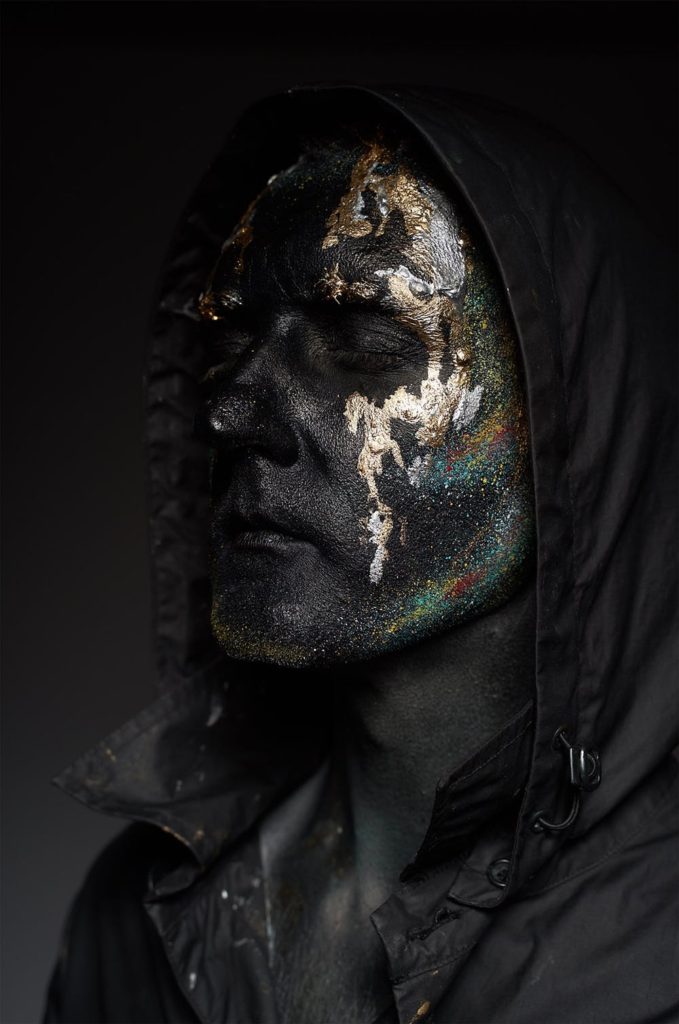
The external aspects made the portraits recognizable as who they were, but he also managed to convey the inner soul, distorted energy field and certain unholy images. I knew then that he too was seeing somehow into the deepest crevices of their subterranean consciousness.
Not long after my profound near-death-experience (NDE), I consulted a psychiatrist because I was convinced I was crazy. At the time I could hear what people were thinking (telepathy) and feel what people were feeling (empathy) and even share their experiences. He told me that crazy people generally don’t voluntarily go to psychiatrists, that “all my buffers were blown” and it would take about seven years to develop those buffers again; and, that he hoped I would eventually go into a helping profession.
In Chapter 10 of Carl Jung’s memoir, Memories, Dreams and Reflections, he describes what it was like for him to return from his NDE:
The view of city and mountains from my sickbed seemed to me like a painted curtain with black holes in it, or a tattered sheet of newspaper full of photographs that meant nothing. Disappointed, I thought, “Now I must return to the ‘box system’ again.” For it seemed to me as if behind the horizon of the cosmos a three-dimensional world had been artificially built up, in which each person sat by himself in a little box. And now I should have to convince myself all over again that this was important! Life and the whole world struck me as a prison, and it bothered me beyond measure that I should again be finding all that quite in order. I had been so glad to shed it all, and now it had come about that I along with everyone else would again be hung up in a box by a thread. While I floated in space, I had been weightless, and there had been nothing tugging at me. And now all that was to be a thing of the past!
If we can look at and recognize the insanity of the current world around us, perhaps as Eckhart Tolle suggests, we might begin to become sane, to begin to heal, to become whole, to realize our potential.
Ann Frank famously said,
It’s difficult in times like these: ideals, dreams and cherished hopes rise within us, only to be crushed by grim reality. It’s a wonder I haven’t abandoned all my ideals, they seem so absurd and impractical. Yet I cling to them because I still believe, in spite of everything, that people are truly good at heart.
I don’t know that all people are truly good at heart, or why we are born into a “box system,” but I believe that the source that built that human heart and this “box system” is good and that there is deep and valuable meaning to the human experience. I can’t say that I know this or that I know anything in the mental sense of knowledge. I speak of a knowing, a conviction, that is not of the brain but lives in some divergent reality. It is a reality, a consciousness, that generally is glimpsed only when what is commonly known as “reality”— the reality of the five senses—has somehow had its edges removed and the veil it creates is rendered torn and tattered.
I have come to comprehend that somehow our instruments—our bodies, personalities, perhaps even our souls—can be, and usually are, to a greater or lesser degree, damaged. That essence of who we are—LOVE—that grand cosmic symphony of beauty and truth—coming through these damaged, dinged, twisted, broken instruments, comes out distorted and we lose our potential for what life could truly be. If we could but go in and repair the damage what joy and happiness we could experience, what peace there could be on this pretty little planet, in this limited, but adorable field of consciousness in which we could, if we would, simply laugh, sing and play.
Video above by cottonbro from Pexels
Infant Video by Renjini Renjini from Pexels
Images from Pexels
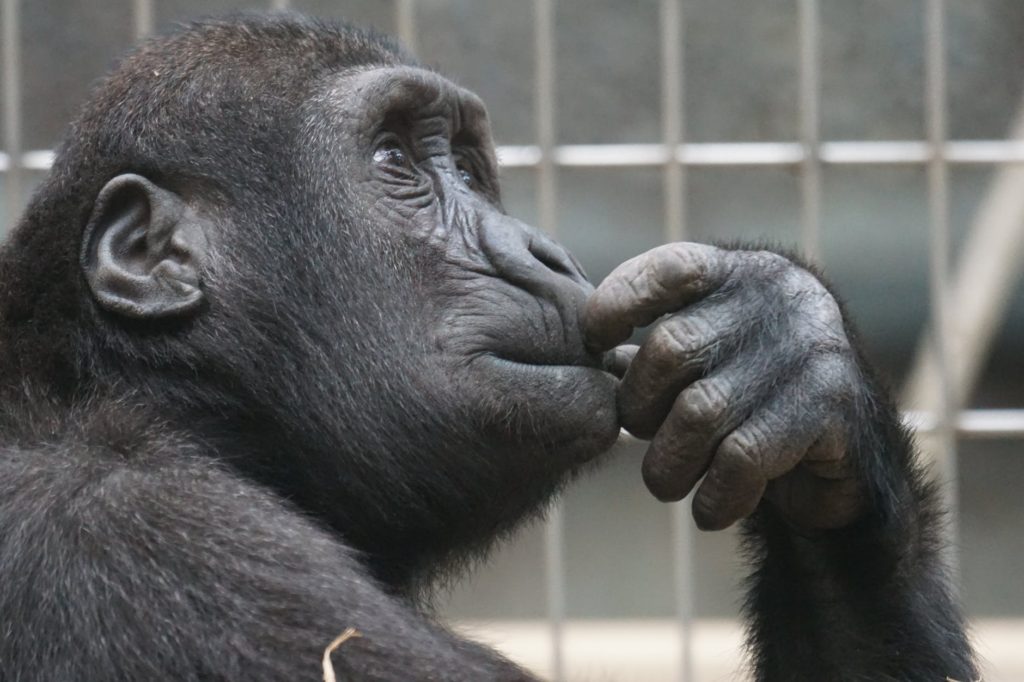

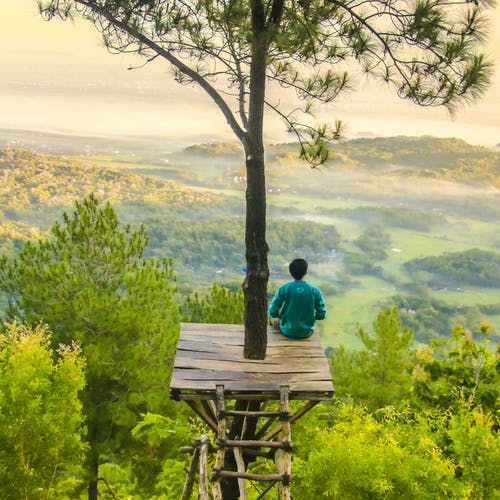


 Let us think of the newborn for a moment. In healthy environments this precious being is welcomed with such love and joy. The aroma of the newborn is like a perfume of heaven. It seems to be alight with joy for no apparent reason or distressed by hunger or physical discomfort. Does the newborn know a religion? …a nationality? … its age? And, although it is no doubt affected somewhat by gender, does it know it has one? Does it know it has a name or even an identity? I would say, no, it does not. It is a Self. In it is the seed of its becoming. It has gifts, challenges and expressions inherent to itself and its genetics. Given a nurturing environment these indwelling characteristics will emerge in proper sequence as determined by a majestic natural process.
Let us think of the newborn for a moment. In healthy environments this precious being is welcomed with such love and joy. The aroma of the newborn is like a perfume of heaven. It seems to be alight with joy for no apparent reason or distressed by hunger or physical discomfort. Does the newborn know a religion? …a nationality? … its age? And, although it is no doubt affected somewhat by gender, does it know it has one? Does it know it has a name or even an identity? I would say, no, it does not. It is a Self. In it is the seed of its becoming. It has gifts, challenges and expressions inherent to itself and its genetics. Given a nurturing environment these indwelling characteristics will emerge in proper sequence as determined by a majestic natural process. During one of our group mentoring sessions, the leader, a mystic (former priest and a PhD psychologist) stated that I (Sharon) do not have an ego. The uproar of all the egos in the room arguing that of course I also had an ego was pretty funny. It was probably just a question of semantics because words like ego, identity, self, persona, and awareness are so poorly defined.
During one of our group mentoring sessions, the leader, a mystic (former priest and a PhD psychologist) stated that I (Sharon) do not have an ego. The uproar of all the egos in the room arguing that of course I also had an ego was pretty funny. It was probably just a question of semantics because words like ego, identity, self, persona, and awareness are so poorly defined.